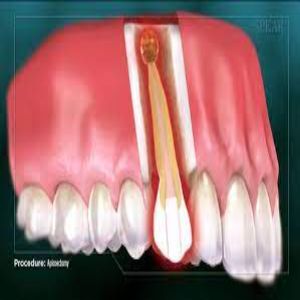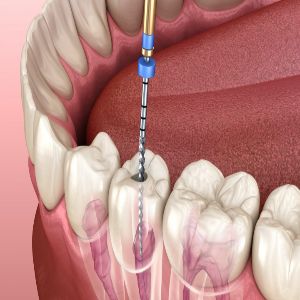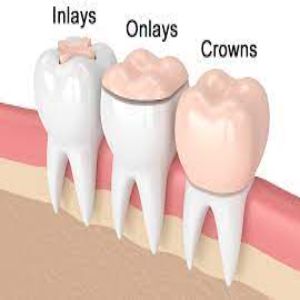Endodontics & Conservative Dentistry
Endodontics and conservative dentistry are two closely related branches of dentistry that focus on the diagnosis, treatment, and prevention of dental problems related to the tooth pulp and surrounding structures. Endodontics primarily deals with the diagnosis and treatment of diseases or injuries affecting the dental pulp, which is the soft tissue inside the tooth containing nerves, blood vessels, and connective tissue.
Restoration Class - I, II, III, IV, V
Dental restorations, commonly referred to as fillings, are used to repair and restore teeth that have been damaged by decay or other factors. The classification of dental restorations from Class I to Class V is based on the location and extent of the tooth decay or damage. Here’s a brief description of each class:
- Class I: This class involves the restoration of decay or damage in the pits and fissures of the chewing surfaces of molars and premolars.
- Class II: These restorations are placed on the surfaces between teeth, typically in the molars and premolars. They are used to treat decay or damage that affects the proximal (interproximal) surfaces.
- Class III: These restorations are similar to Class II but involve the proximal surfaces of incisors and canines instead of molars and premolars.
- Class IV: This class includes the restoration of decay or damage that affects the proximal surfaces of incisors or canines, extending to the incisal (biting) edge of the tooth.
- Class V: These restorations involve decay or damage on the smooth surfaces of teeth, typically on the cervical (gumline) area.
Dental Inlays and Onlays
Dental inlays and onlays are both types of indirect restorations, which means they are made in a dental laboratory and then cemented into place in the tooth. They are used to fill cavities or replace missing tooth structure.
- Inlays are custom-made fillings that fit snugly into the prepared cavity. They are typically made of composite resin, gold, or porcelain. Inlays are often used when the cavity is too large for a traditional filling.
- Onlays are similar to inlays, but they also cover one or more cusps (the pointed tips) of the tooth. Onlays are typically made of gold or porcelain. They are often used when the cavity is very large or when the tooth has been weakened by decay or fracture.
Both Inlays and Onlays are more durable than traditional fillings and can last for many years. They are also less likely to chip or crack, which can help to prevent further tooth decay.

root canal treatment
Root canal treatment, also known as endodontic treatment, is a dental procedure performed to save a severely damaged or infected tooth. It involves the removal of the infected or inflamed dental pulp, which is the soft tissue located inside the tooth, along with the nerve, blood vessels, and connective tissues. Now-a-days, root canal treatments are performed with advanced techniques and material and are more comfortable and faster.

apisectomy treatment
A dental apicoectomy, also known as root-end resection or root-end surgery, is a minor surgical procedure performed by an endodontist with focuse on the diagnosis and treatment of dental pulp (root canal) problems. The purpose of an apicoectomy is to treat a persistent infection or inflammation in the root tip (apex) of a tooth that has previously undergone root canal treatment but still exhibits issues.


